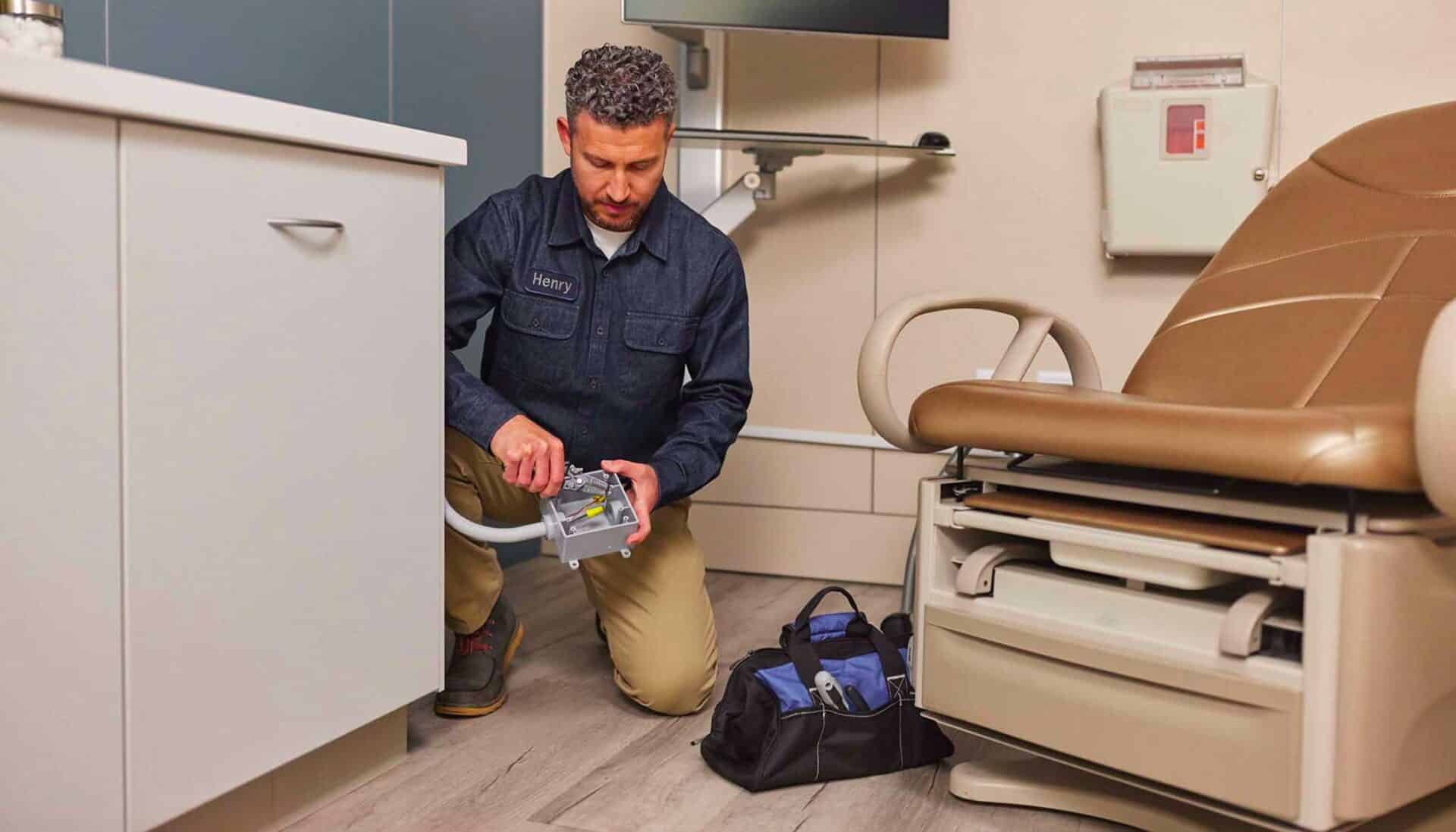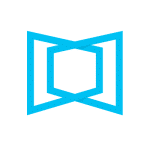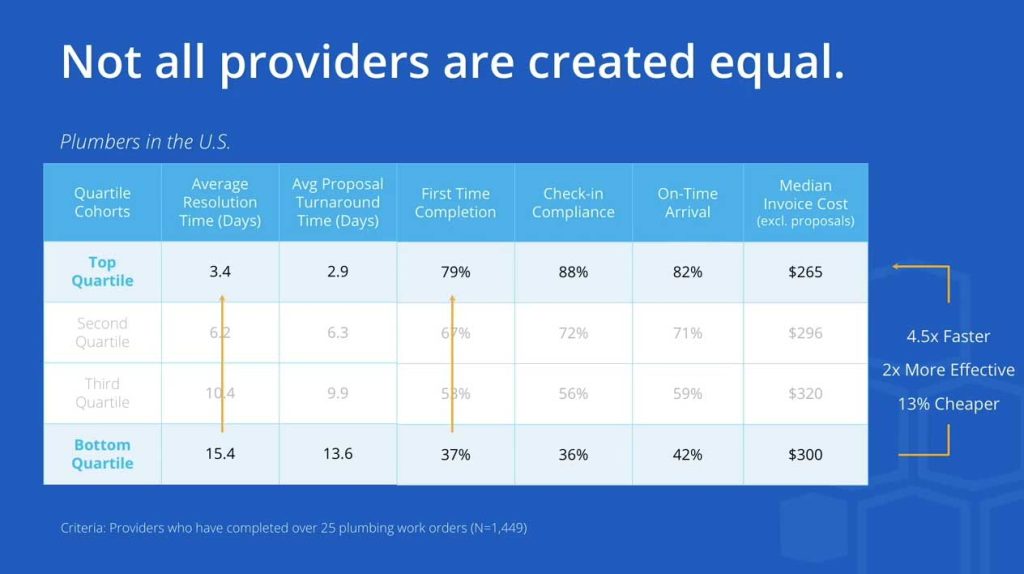How to Implement Healthcare CMMS in Your Hospital for Better Maintenance Efficiency

Explore the benefits of hospital CMMS software. Learn how a CMMS for hospitals works and get guidance on how to implement it at your healthcare facility.
To fulfill their missions, hospitals need more than just a talented care team. Facilities are just as important for success. To provide exceptional patient care, healthcare providers need medical devices and equipment in good working order. Plus, well-maintained healthcare facilities offer safe, comfortable settings for treatment, directly contributing to patient experience and satisfaction.
Given the importance of medical facilities and equipment, the timely completion of maintenance activities ensures that hospitals run optimally. The ease of communication among teams determines how quickly issues are resolved and how effective preventive maintenance efforts are.
Fortunately, hospitals don’t have to rely on multiple systems to coordinate unplanned and planned maintenance. CMMS hospital solutions connect maintenance teams across departments. They also aid in asset management and regulatory compliance for medical facilities.
Here’s how healthcare CMMS solutions can improve operational efficiency for your hospital and what steps to take to implement one.
What is Healthcare CMMS?
A healthcare computerized maintenance management system (CMMS) is software used by medical facilities. It acts as a central database for all maintenance and asset management information. Customization options enable hospitals to automate traditionally manual processes to improve speed and efficiency.
With hospital CMMS software, every team involved in asset management and facility maintenance can access real-time data. The system keeps track of all vital information.
CMMS software improves the reliability of medical equipment through closer monitoring of preventive maintenance and maintenance histories. It ensures timely responses to issues and enables faster responses to recalls, supporting patient safety. Additionally, CMMS solutions provide detailed compliance reporting to support audits.
How a Hospital CMMS Works
CMMS healthcare software works by digitally storing and tracking asset management and maintenance information. This system makes this data accessible across all departments responsible for maintenance in healthcare facilities. The following are some key steps in the acquisition, implementation, and operation of a CMMS system in a healthcare setting.
Data Entry
Team members build the database that your CMMS healthcare facilities management software requires through data entry. Information to add includes:
- Medical equipment name and model name, type, and serial number
- Location in the hospital facility
- Manufacturer’s recommended maintenance schedule
- Warranty information
- Risk level
- Previous service records
Work Order Creation
After initial data entry, the CMMS software enables the creation of paperless manual work orders. It also allows you to automate the process. For example, sensors in medical equipment can trigger the CMMS system to automatically generate a corrective maintenance work order.
Following initial creation, the CMMS assigns maintenance tasks to appropriate technicians. It tracks key information needed for efficient work order management, such as:
- Request time
- Response time
- Request status
- Technician notes
Preventive Maintenance Scheduling
CMMS solutions simplify preventive maintenance scheduling to reduce the risk of unplanned downtime. These systems track time, usage, and condition, automatically generating work orders based on recommended preventive maintenance schedules. You can customize the schedule for your most critical assets. Plus, the CMMS can alter scheduling based on risk assessments for your Alternative Equipment Maintenance (AEM) program.
Task Completion Tracking
A CMMS in hospitals tracks all maintenance tasks from start to finish. Its chat platform enables communication between technicians and departments. The software also provides mobile accessibility, so technicians can record notes in real-time without leaving the worksite. Additionally, the CMMS tracks parts and materials used to support inventory management.
Reporting and Analytics
With CMMS software, you can access real-time data and generate reports on many topics, including:
- Material usage
- Labor costs and productivity
- Asset performance history
- Average asset life
- Asset availability
- Medical equipment failure trends
The CMMS software produces accurate documentation to fulfill compliance requirements. It features analytical tools that can give you insights into how you use and maintain your assets. Using this information, you can anticipate future needs and shift to a predictive maintenance model.
Modernizing Your Hospital CMMS
A modern CMMS for facility management benefits hospitals in the following ways.
Elimination of Information Silos
Many maintenance processes require input and actions from multiple teams within your hospital. CMMS software enables Healthcare Facilities Management (HFM) and other departments to access and update information in a centralized location. It breaks down silos between Healthcare Technology Management (HTM), Information Technology (IT), the supply chain, and facilities for healthcare organizations.
Increased Efficiency
CMMS software promotes more efficient maintenance activities. With mobile access to the software, teams can add notes and update statuses immediately from anywhere. Automation removes time-consuming steps from the service request process. Plus, it makes information from other systems instantly available.
Support for Alternative Equipment Maintenance
Staying in compliance with The Joint Commission (JTC) and Centers for Medicare & Medicaid Services (CMS) standards and regulations is crucial for your AEM program. CMMS healthcare maintenance management software supports compliance in a few ways. Risk scoring templates enable you to identify assets eligible for AEM. Centralized records create audit trails, documenting justifications for AEM inclusion.
Improved Capital Planning and Cost Control
CMMS software provides key insights that improve capital planning and reduce costs. The centralized database tracks the costs to purchase, repair, and maintain assets, while also factoring in the costs of unplanned downtime. Consequently, you can easily calculate the total cost of ownership.
Real-time data supplied by CMMS lets you identify unused medical equipment in seconds. Plus, it can flag underused medical devices automatically. Having this information readily available can reduce unnecessary rentals, saving you money over time.
Common Challenges in Hospital Maintenance Operations
Hospitals must overcome numerous maintenance-related operational challenges. However, healthcare organizations can minimize the effects of many concerns with CMMS for hospitals. The software can support efficiency in the face of:
- Aging workforce: Retiring members of clinical engineering, facilities, and other teams take their knowledge of medical equipment history with them. CMMS software ensures that this vital information is available for new hires.
- Inefficient workflows: CMMS can replace inefficient paper-based service requests, accelerating maintenance processes.
- Cybersecurity risks: A modern cloud-based CMMS protects data with encryption and ongoing security updates. As a result, it can reduce risks associated with less protected legacy software.
- Redundant systems: CMMS brings all healthcare facility management processes and information into one system, eliminating information silos.
- Associated costs: By tracking the total cost of ownership, CMMS pinpoints the hidden costs of equipment and informs capital planning.
- Medical device security: CMMS can identify equipment vulnerabilities and integrate them with network monitoring to strengthen security. It also helps track mitigation actions when threats arise.
Steps to Implement a Healthcare CMMS
To implement a healthcare CMMS, hospitals typically complete the following steps.
- Data cleanup and accurate asset inventory: Your team reviews the database to ensure it provides a complete inventory of all medical assets.
- Pilot department phased rollout: A single department begins using the CMMS for a short period, such as 30 to 90 days.
- Staff training and support: All teams responsible for asset management and maintenance receive training on how to use the CMMS.
- Preventive maintenance scheduling and automated alert setup: Scheduling begins in accordance with your preventive maintenance strategy. Your team creates automated alerts in response to key performance indicators.
- Integration with other systems: Data from Electronic Health Record (EHR), Enterprise Resource Planning (ERP), and Real-Time Location System (RTLS) software merges with your CMMS for improved efficiency.
- Phased deployment: Your hospital gradually deploys the CMMS to all departments to avoid downtime.
Choosing the Right CMMS For Your Healthcare Needs
As you compare CMMS solutions for your hospital, consider the following.
Cloud vs. On-Premise Deployments
A CMMS can be deployed locally or via the cloud. Information stored on a server on-premises may remain accessible when Internet access is limited, but the local network remains up. On-premise deployment may also be preferable when compliance requirements or security policies prohibit data from leaving the local network.
Cloud-based CMMS software stores information securely in a central database off-site. Backups occur automatically to safeguard against data loss. Typically, cloud-based software is easier to install. It also eliminates the need for internal infrastructure, reducing startup costs and increasing scalability.
Mobile Capabilities
Before choosing software, confirm that the CMMS offers mobile capabilities. Options with this additional functionality enable real-time work order management and provide access to asset information throughout your facility.
Customization Options
Confirm that the CMMS can be customized to suit the needs of your facility. Look for flexible software that enables you to create customizable dashboards, workflows, and reporting.
How ServiceChannel Supports Hospital CMMS Success
With our modern computerized maintenance management system (CMMS) software, ServiceChannel supports the success of healthcare organizations. By centralizing your maintenance records, we help you reduce unscheduled downtime and limit disruptions to patient care. Our built-in safeguards and state-of-the-art encryption enable you to securely store data locally or in the cloud, minimizing cybersecurity risks.
With our Service Provider Marketplace, you can better control costs and find providers with experience serving the healthcare industry. Plus, our healthcare maintenance management software helps you strengthen your AEM program and maintain compliance.
Discover how our healthcare CMMS can benefit your hospital.
Book a demo today.



